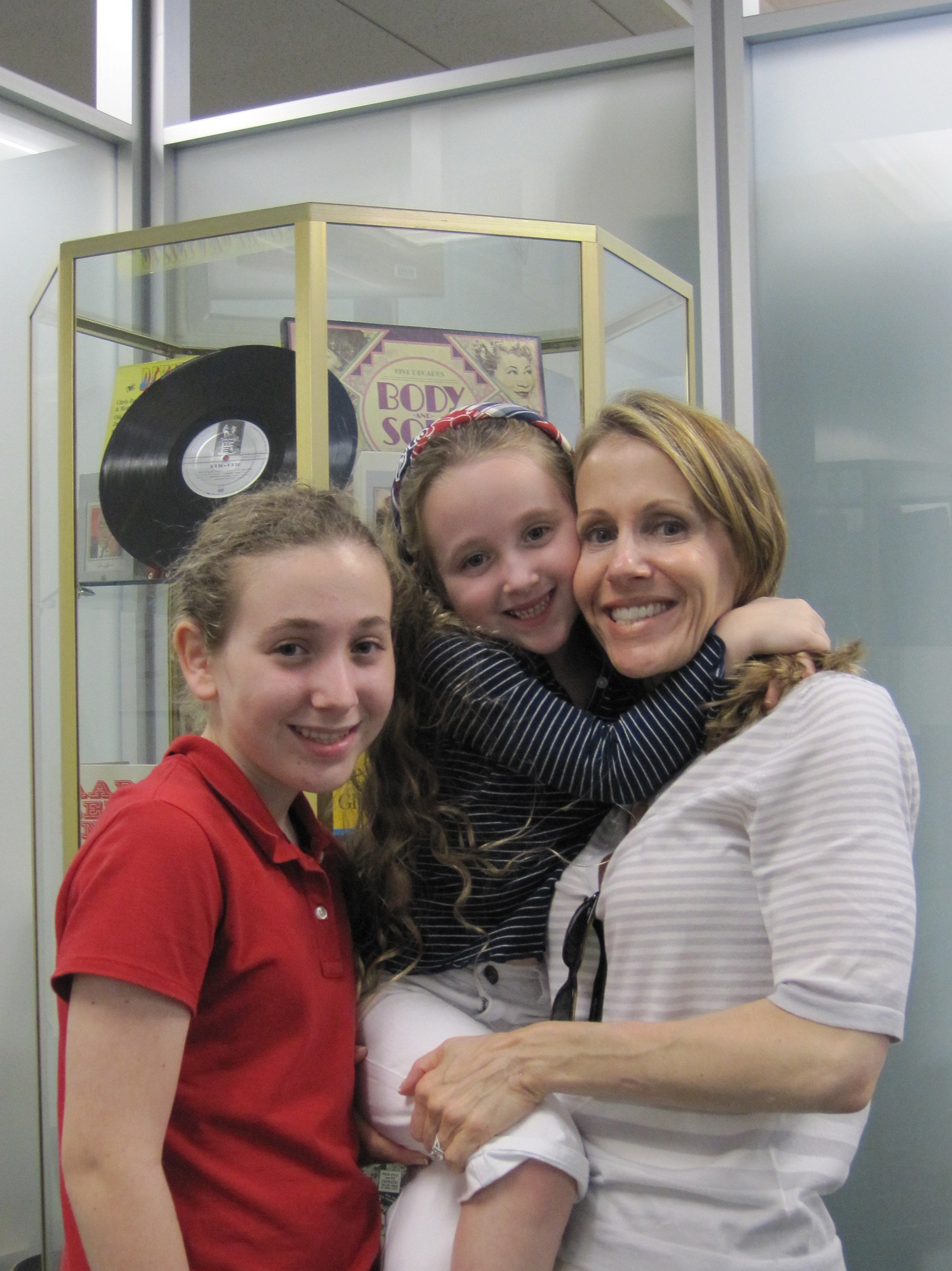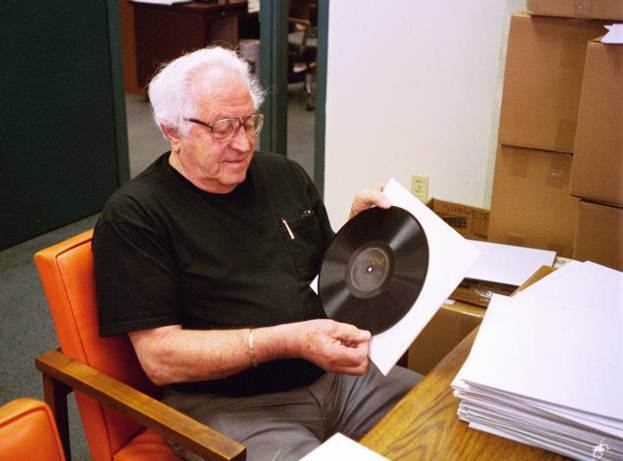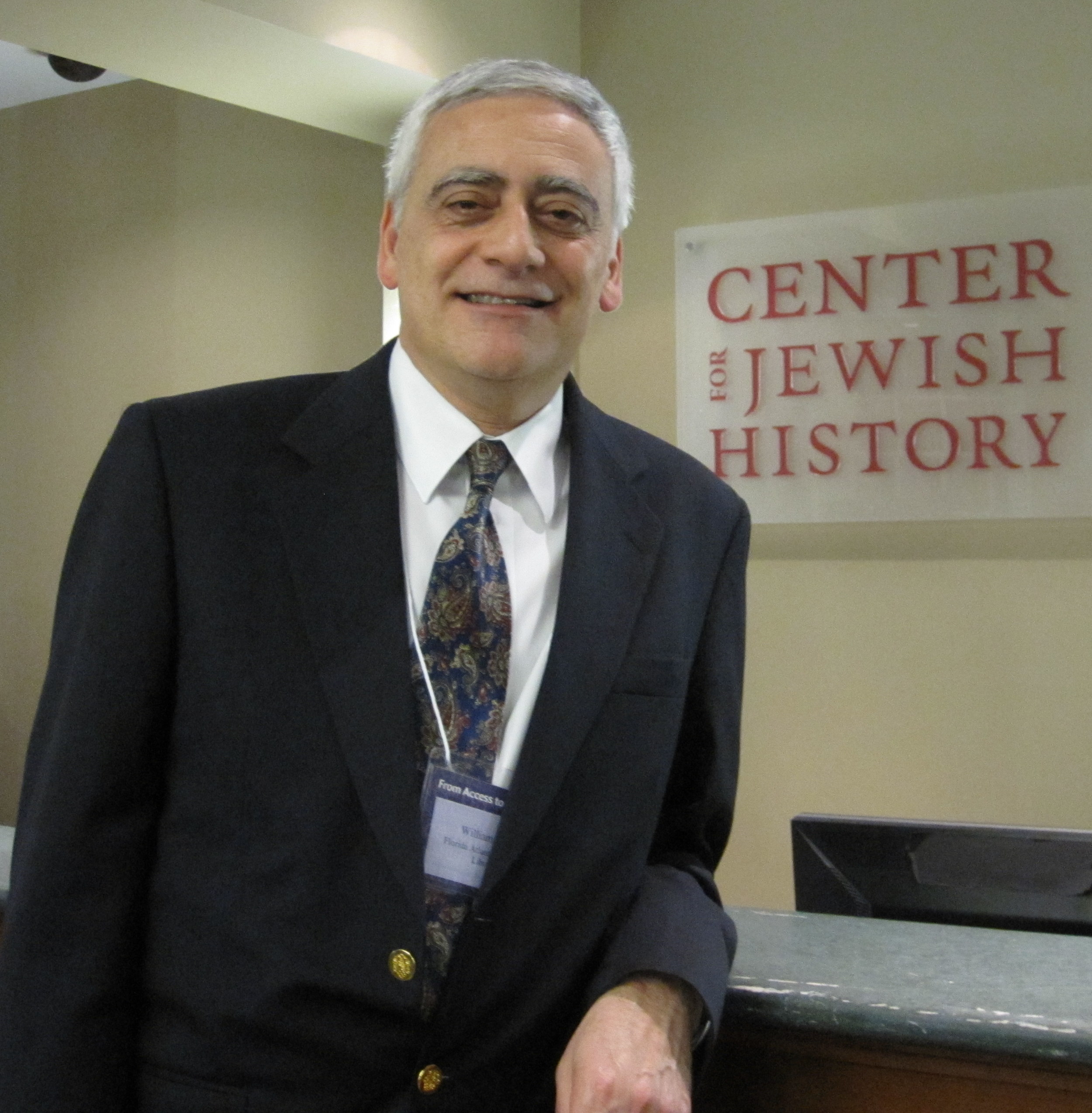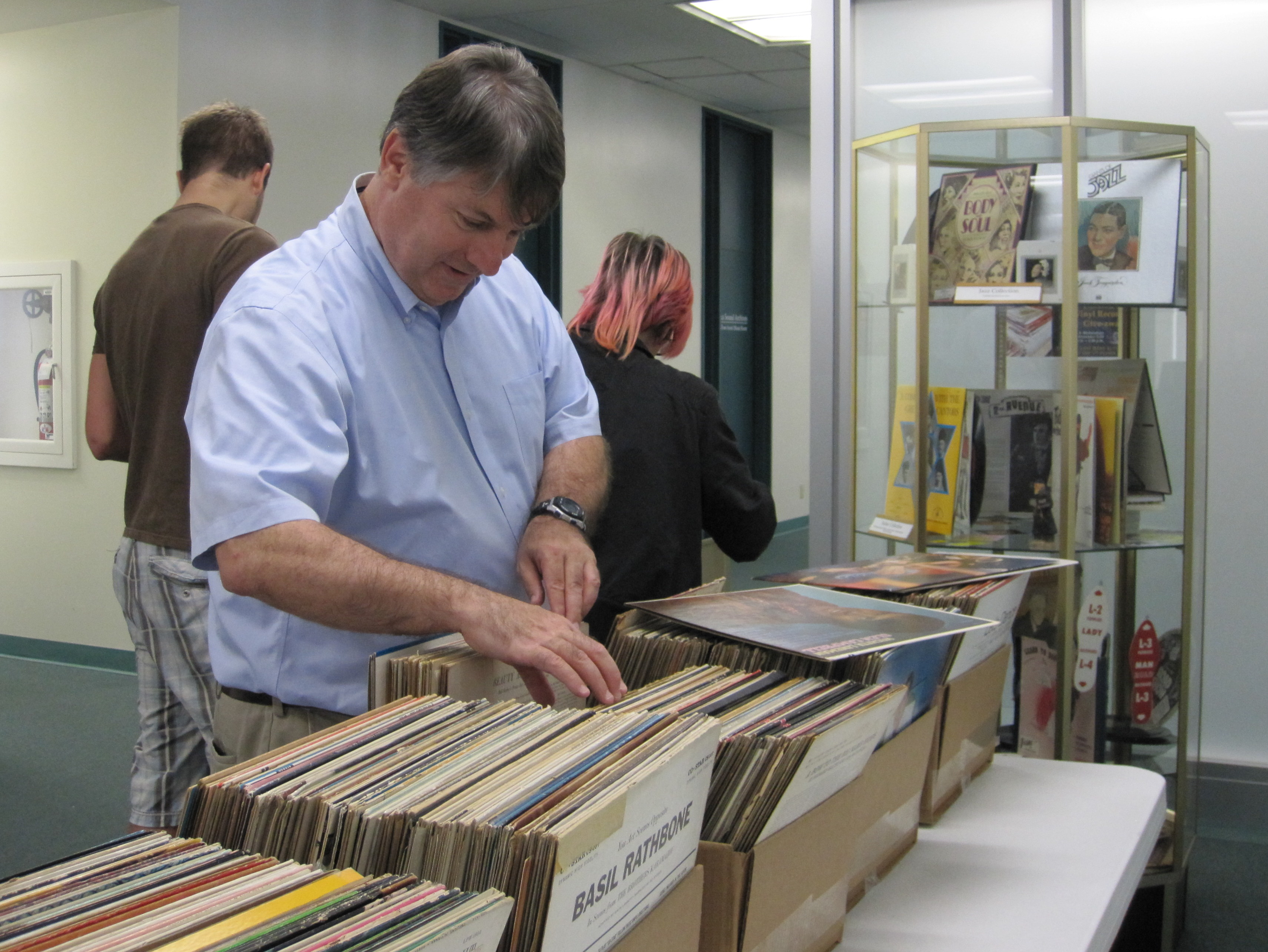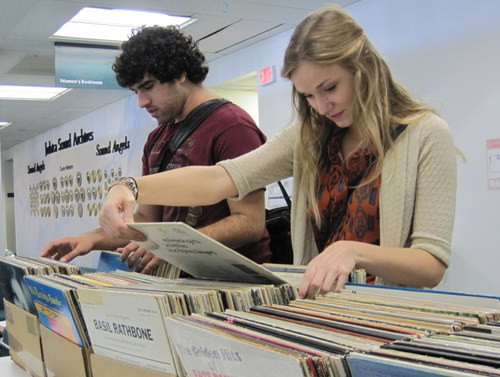Category: About the RSA
It saddens my heart
Sam Greene
Jan. 11, 1923 – Feb. 8, 2012
It saddens my heart to think that Sam will no longer be here at the Judaica Sound Archives. Sam Greene was a dedicated JSA volunteer who began offering his assistance in 2002. He unpacked recordings, examined them and checked databases. Because of his language skills he was often called upon to provide English translations of Yiddish, Hebrew or German songs and text.
Old-style Record Store Opens in San Francisco
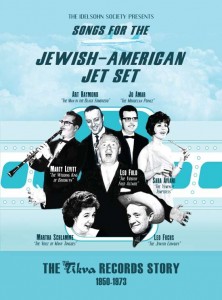 The Judaica Sound Archives at Florida Atlantic University Libraries was delighted when our friends Josh Kun and Roger Bennett told us that they were putting together an album of Tikva Records favorites! As you may remember, the JSA provided many of the LP covers for their book, And You Shall Know Us by the Trail of Our Vinyl, which was published in November 2008.
The Judaica Sound Archives at Florida Atlantic University Libraries was delighted when our friends Josh Kun and Roger Bennett told us that they were putting together an album of Tikva Records favorites! As you may remember, the JSA provided many of the LP covers for their book, And You Shall Know Us by the Trail of Our Vinyl, which was published in November 2008.
Now, as part of the Idelsohn Society, they have released the album, Songs for the Jewish-American Jet Set: The Tikva Records Story 1950-1973. To celebrate this accomplishment they have opened a 1950′s style record store right in San Francisco’s Mission District (3191 Mission Street). The store is open for business from December 1st through the end of Hanukkah (December 28).
Preserving Jewish culture with digitization – NYC Conference
I just spent two days in NYC at the Center for Jewish History . Over 125 scholars and librarians from around the world, including Dr. William Miller (Dean of FAU Libraries) and myself, gathered to share our expertise using digital and internet technologies for the study and preservation of Jewish culture and history.
